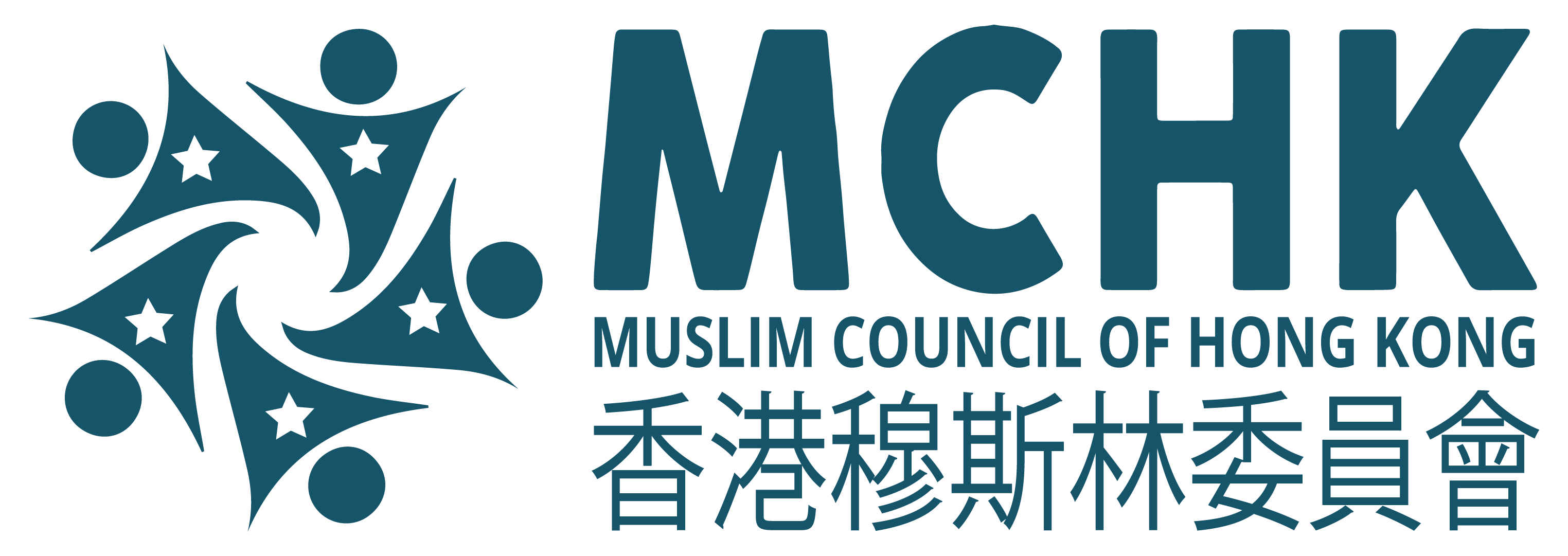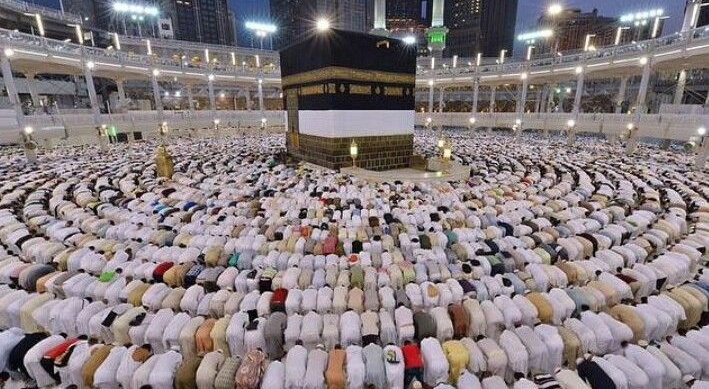The repetitive physical movements of Muslim prayer rituals can reduce chances of lower back pain if performed properly, according to new research and reported by various news-media. It isn’t just a series of pointless set of movements.
“Indeed, As-Salaah (the prayer) has been decreed upon the believers a decree of specified times..”
The study found that not only does quiet prayer eliminate physical anxiety, but that proper knee and back angles can be an effective clinical treatment, which goes to show nothing in Islam is just a mere ritual, rather there’s physical, mental and spiritual benefits.
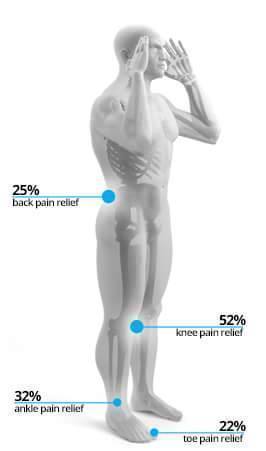
Five times a day, roughly 1.6 billion Muslims worldwide, bow, kneel, and place their foreheads to the ground in the direction of the holy city of Makkah, Saudi Arabia, as part of the Islamic prayer ritual, the Salah, which is is one of the five obligatory elements of the faith set forth by the Qur’an. Click here to find how to pray the Salah as per the practice of Prophet Muhammad (peace be upon him).
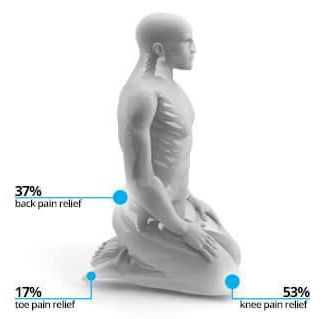
“One way to think about the movements is that they are similar to those of yoga or physical therapy intervention exercises used to treat lower back pain,” said Professor and Systems Science and Industrial Engineering Department Chair Mohammad Khasawneh, who is one of the authors of “An ergonomic study of body motions during Muslim prayer using digital human modelling” in International Journal of Industrial and Systems Engineering.
The research used computer-generated human models of healthy Indian, Asian, and American men and women to look at the effect on lower back pain.
The kneeling posture, known as sujud, apparently increases the elasticity of joints. It is recommended for these individuals to spend more time in the kneeling posture.
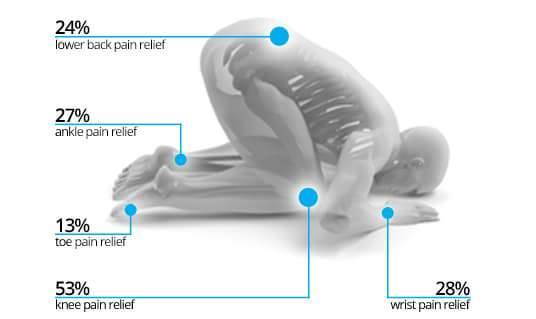
The team did not however look at how varying prayer rituals for physically disabled people will effect back pain. Mr Khasawneh, from Penn State Behrend university in Pennsylvania said:
“Physical health is influenced by socio-economic, lifestyle and religious factors. Moreover, studies indicate that there is a strong association between prayer and vigilance about maintaining a physically healthy lifestyle,”
“Prayer can eliminate physical stress and anxiety, while there is also research that indicates prayer rituals can be considered an effective clinical treatment of neuro-musculoskeletal dysfunction.”
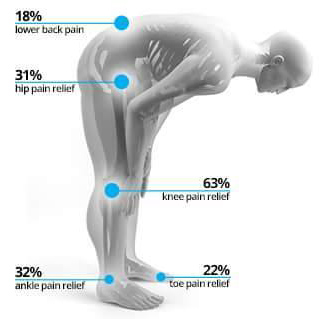
According to the research team, using incorrect angles and movements can increase pain. The team also suggested that further study is needed for physically handicapped individuals, those with more extreme body types and women — especially pregnant women — to find the best movements for these groups.
The group plans to further validate the findings with physical experiments using sensors and cameras to track the stresses on the individual body parts during the prayer ritual.
